Work in certain critical areas represents a safety hazard on offshore installations. These typically include areas where operations are performed at different elevations, (congested) areas with moving loads, areas near pressure containers/piping, or areas with risk of toxic substances, leakage of explosive/flammable gases and/or fluids etc.
On an offshore drilling rig, two areas in particular are identified as critical in this respect, namely the drill floor area and the moonpool area. These areas are key to reducing injuries (or in a worst-case, fatalities), as well as damage to equipment or facilities.
In this article, we focus primarily on the moonpool area – how to reduce the risk of unintended incidents, how to minimize NPT and improve efficiency, and how new technologies and trends can be leveraged by rig managers.
The drill floor area and the moonpool area
These two areas are arguably the busier areas of an offshore drilling rig. It is the areas where the drilling operations are executed; tubulars and riser joints are moved from the pipe deck to the drill floor inside the derrick and connected to a drill string by use of various tools/equipment. The drill string is then handled, lowered into the sea and wellbore, to drill the well.
In the moonpool area, BOPs, Christmas trees (XMTs) and other equipment are moved in and out of the open moonpool under the drill floor, connected to the drill string, riser string or other similar equipment to be lowered into/retrieved from the sea.
The moonpool area is a very congested area with a variety of equipment:
- Winches
- Cranes
- Special equipment
- Piping
- Hoses
- Wires
This and more are installed to support a variety of drilling operations. One principal difference between the drill floor area and the moonpool area, is the degree of repetitive operations. The drill floor area is characterized by a relative high degree of repetitive operations, while the moonpool area is not.
Suggested reading: How to reduce risk of dropped objects on an offshore rig here
Mechanisation, Automation and Safety on the Drill Floor
Mechanisation and automation improve both efficiency and safety by removing personnel from hazardous zones. On modern floating rigs, the pipe-deck and drill floor are now highly mechanised or automated.
The main drivers are:
-
Reduced personnel exposure to hazards
-
Improved consistency and productivity
-
Lower equipment wear through computer-controlled operation
Today’s drilling automation systems use sensors, cameras and digital controls, allowing operations to be run from the driller’s cabin. Some rigs can theoretically operate the drill floor without personnel present, though human supervision remains essential.
Industry trends (2024-2025):
-
Automated drilling systems are now reaching 85% autonomy in field tests
-
Digital twins IoT and edge computing enable predictive maintenance and real-time safety monitoring
-
Automation also supports sustainability and reduced energy use
The Moonpool Area – Challenges and Opportunity
While automation on the drill floor is well established, the moonpool area has historically lagged behind due to:
-
A highly congested layout with variable setups and limited storage.
-
Irregular operations involving BOPs, XMTs, risers and control lines.
-
Exposure over open sea, where manual handling poses safety risks.
The interface between the rig and the marine environment makes moonpool automation technically demanding — yet the potential impact on safety and efficiency is enormous.
Suggested reading: How Updated Handling Systems Can Give Your Rig a Competitive Advantage
Technologies for the Moonpool Area
Future Production has developed a comprehensive suite of moonpool handling systems designed to remove personnel from hazardous zones, cut NPT, and standardise critical path operations.
Below is a non-exhaustive list of available technologies.
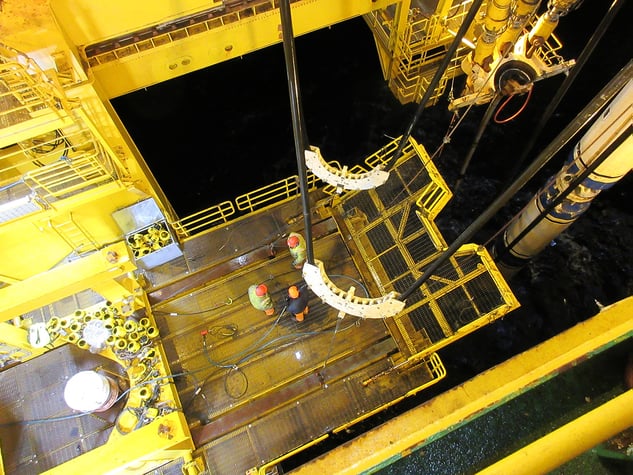 Personnel seen working in critical areas – equipment is available to remove this personnel.
Personnel seen working in critical areas – equipment is available to remove this personnel.
-
MPD ClickStab® automated handling systems:
-
Handsfree, wireless controlled connection of mud return, hydraulic and electric control lines.
-
Reduces spent connection time of 12-48 hours down to a few minutes and manning requirement utilizing up to 10-12 persons down to 1-2 persons.
-
No work over open sea or other manual operations. No moving parts on Slip Joint.
-
Dedicated parking space for equipment and hoses draped away to avoid disruption of other operations.
-
-
Kill & Choke (ClickStab®) automated handling systems:
-
Handsfree, wireless controlled connection of K&C, booster and conduit lines.
-
Reduces connection-time from 12 hours to minutes and manning requirement from up to 10-12 persons to 1-2 persons.
-
No work over open sea or other manual operations.
-
No moving parts on Slip Joint.
-
Dedicated parking space for equipment and hoses draped away to avoid disruption of other operations.
-
-
XMT/BOP handling systems including lateral guiding:
-
Remotely operated, always secured and handled from storage position to sea and back.
-
-
N-Line / DAT Riser tension handling and parking systems:
-
Remotely operated handsfree handling and safe parking of riser tension cylinders.
-
Mechanized connection to riser.
-
No manriding operations required.
-
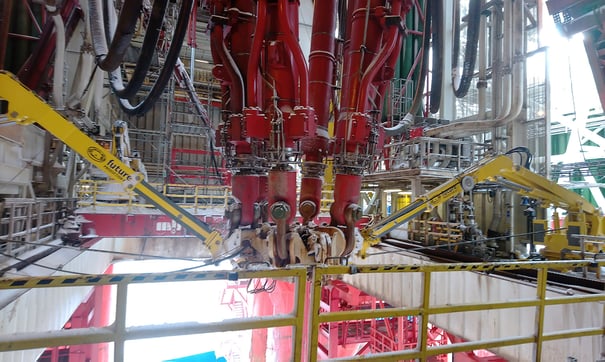 N-Line / DAT Riser tension handling Arms in operation – removes personnel from critical areas.
N-Line / DAT Riser tension handling Arms in operation – removes personnel from critical areas.
-
Moonpool Multi-purpose cranes:
-
Remotely operated.
-
Running along rails in the moonpool.
-
Rotation, tilting and telescoping, removes manual work and improves efficiency.
-
Covering large areas of the moonpool.
-
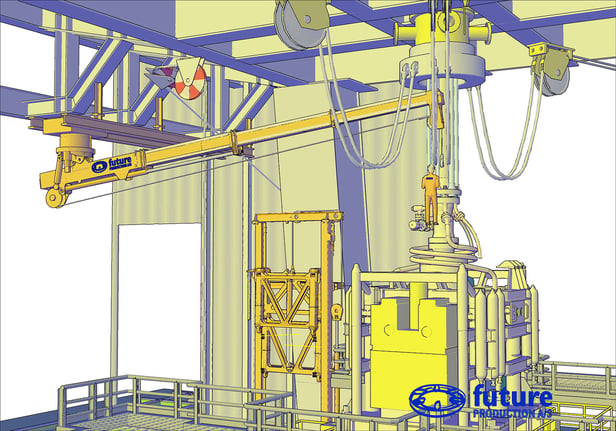
Multi Purpose crane covers a large area of the moonpool and removes personnel from critical areas.
-
Specially designed moonpool access-baskets:
-
Running on rails in the moonpool.
-
Extended reach and placement to optimize operations and avoid interference with other operations when not in use.
-
-
Motorized MUX/POD, umbilical saddles and Reels:
-
Hydraulically powered Umbilical Power Saddles and Reels for automatic handling and correct positioning of MUX/POD and umbilical cables.
-
A remotely controlled system which improves operational efficiency and safety when making up storm loops related to landing of BOPs.
-
-
Other specially designed equipment improving safety and efficiency:
-
BOP bonnet exchange system
-
BOP Test pipe handler Systems
-
BOP and XMT access systems
-
Versatile and mobile cherrypickers (access baskets)
-
Quick Connector hang-off tool
-
Each of these systems is designed to standardise procedures, reduce manual work, and maximise rig uptime, ensuring that people stay clear of critical zones while improving operational efficiency.
Additional reading: Redefining MPD Deployment: From 48 Hours to 15 Minutes with FP-ClickStab® Technology
Operational Benefits and Best Practices for Rig Managers
Key benefits:
-
Significant NPT reduction on critical moonpool operations.
-
Fewer personnel exposed to risk in hazardous zones.
-
Safer operations even in challenging weather conditions.
-
Increased consistency and equipment longevity.
Best practices:
-
Audit your moonpool layout to identify congested or manual operations.
-
Prioritise mechanisation of critical path tasks (BOP, riser, umbilical handling).
-
Adopt tailor-made solutions to match your rig’s geometry and workflow.
-
Retrain personnel from manual handling to supervisory roles.
-
Integrate digital monitoring for movement and collision avoidance.
-
Track KPIs such as NPT, exposure hours and incident rates to quantify improvements.
Example:
A semi-submersible equipped with Future Production’s tailor-made moonpool system reduced BOP and riser running time to one-third of the original duration, cutting personnel in the moonpool from 12 to 2 — a dramatic improvement in both safety and efficiency. Read more here.
Summary & Key Takeaways
-
The moonpool remains one of the highest-risk zones on a rig.
-
Future Production technologies now allow rig managers to mechanise and automate key tasks safely.
-
Removing personnel from critical zones significantly reduces HSE risk and NPT.
-
Tailor-made solutions adapt to any rig design for maximum efficiency.
-
Mechanisation in the moonpool is a proven competitive advantage.
Conclusion
For rig managers aiming to reduce NPT and enhance safety, the moonpool area offers one of the highest returns on investment.
Future Production’s tailor-made mechanisation and automation solutions remove people from critical zones, streamline operations and deliver a measurable competitive advantage.
The path to safer, smarter moonpool operations is clear — and the technology is ready today.

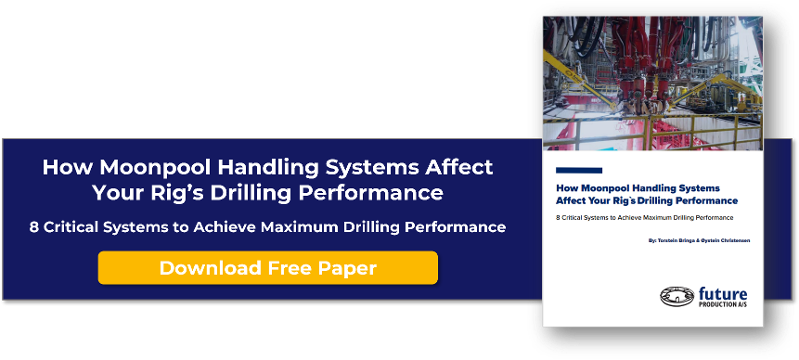
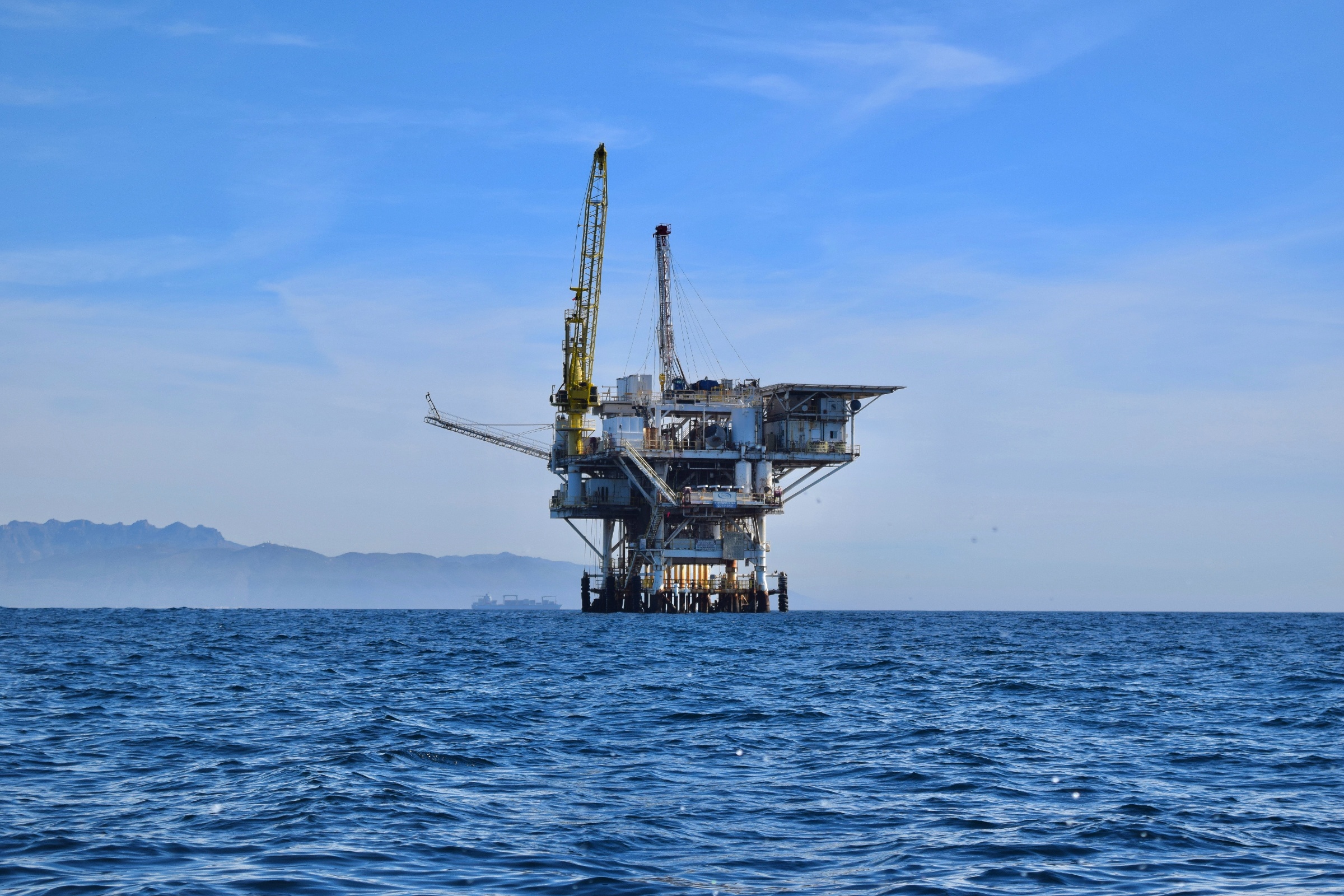
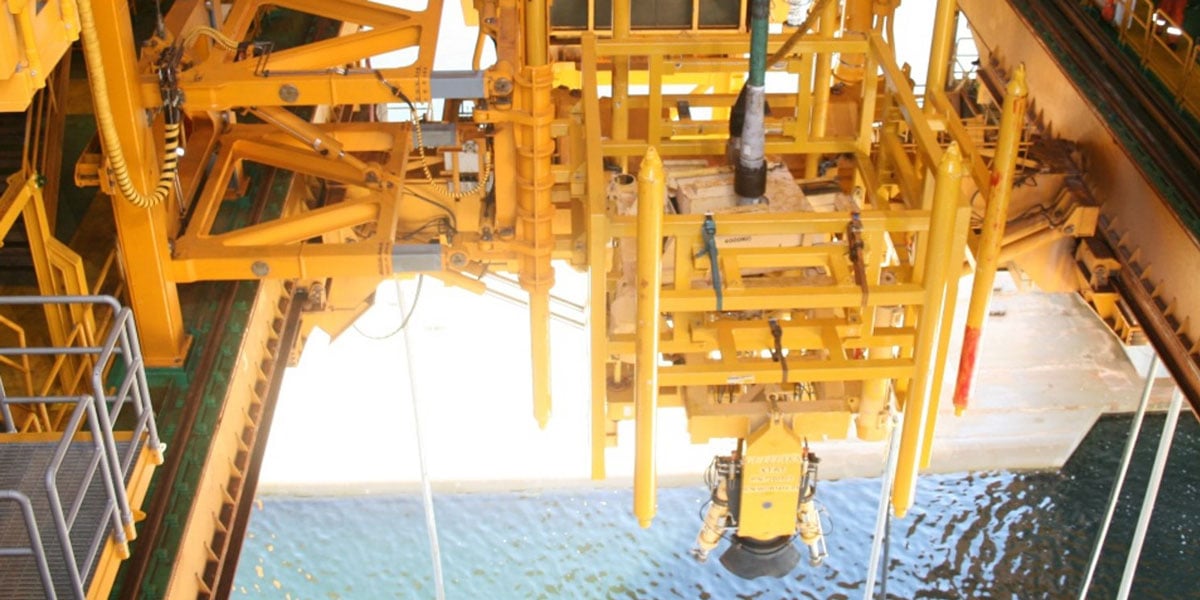
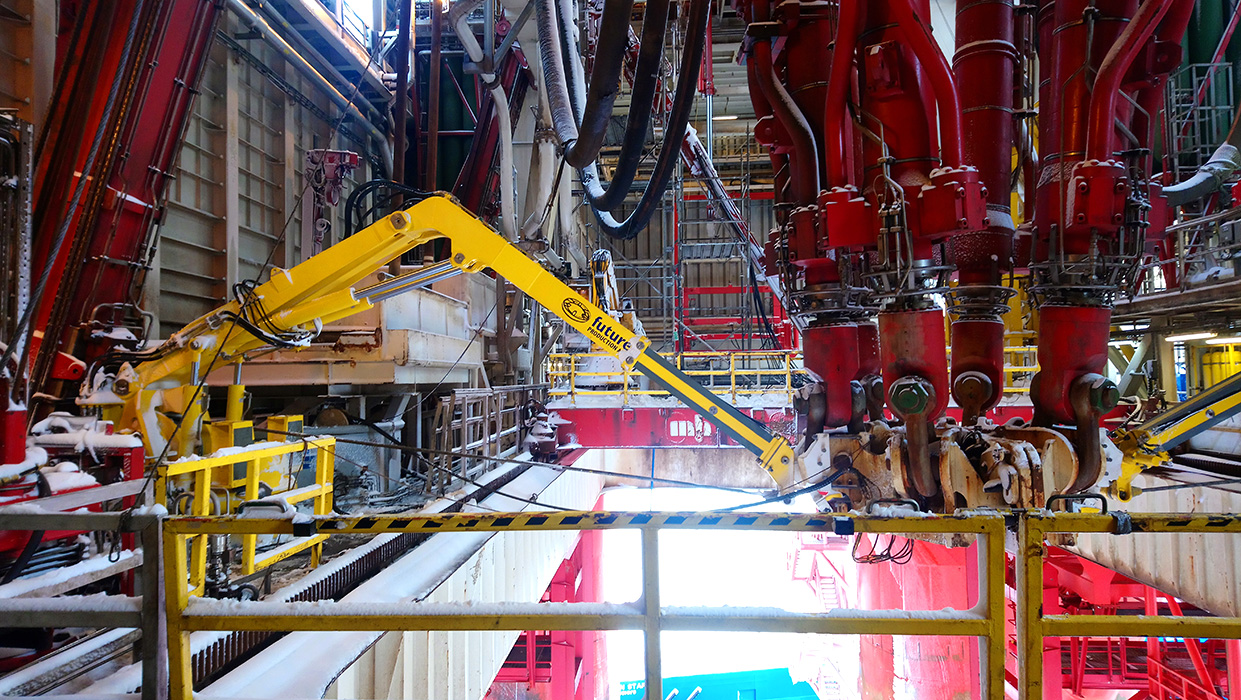
SUBMIT YOUR COMMENT